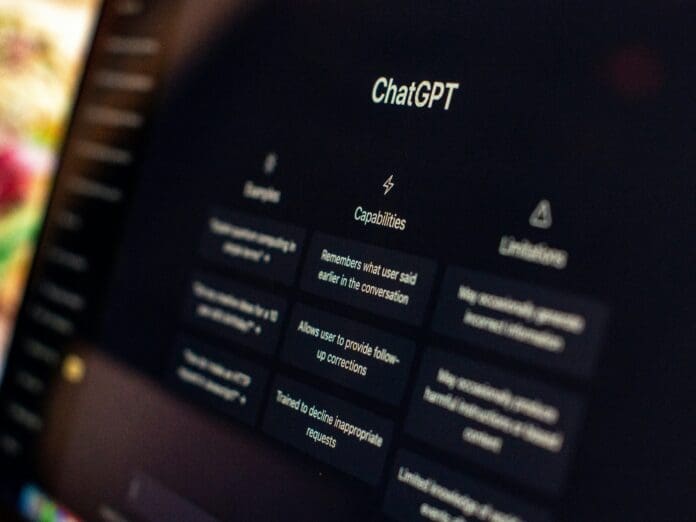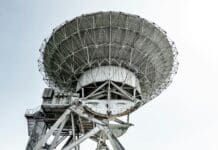This post is also available in:
 עברית (Hebrew)
עברית (Hebrew)
A recent study from Osaka Metropolitan University indicates that advanced artificial intelligence (AI) can perform comparably to qualified radiologists, with some instances of superior performance. While AI will never replace doctors, it will likely become an important aid, as it is in other fields.
The research, published in the journal European Radiology, involved a comprehensive experiment where GPT-4 and several radiologists were tasked with analyzing textual findings from 150 preoperative brain tumor reports. The dataset included individuals already diagnosed, providing a robust foundation for both the AI and the medical professionals involved. The doctors that were tested included three neuroradiologists certified by the Japanese Society of Radiology, alongside residents and specialists in other areas of radiology.
The results were striking. GPT-4 achieved a diagnostic accuracy of 73%, while the qualified radiologists varied in their performance, with accuracy rates ranging from 65% to 79%. However, when evaluating reports authored by neuroradiologists, GPT-4’s accuracy soared to 80%, demonstrating its proficiency in interpreting specialized diagnostic language.
Perhaps even more compelling were the findings regarding differential diagnoses—situations where doctors must distinguish between conditions with overlapping symptoms. In this area, GPT-4 excelled, attaining an impressive 94% accuracy compared to radiologists’ scores, which fell between 73% and 89%. This suggests that GPT-4 could be particularly effective in complex diagnostic scenarios, where precision is critical.
The researchers concluded that GPT-4’s capabilities indicate a promising future for AI in medical settings, noting that GPT-4 exhibited good diagnostic capability, comparable to neuroradiologists in differentiating brain tumors from MRI reports and saying that it can serve as a second opinion for neuroradiologists and a guidance tool for less specialized doctors.
These findings highlight the potential for large language models (LLMs) like GPT-4 to enhance the diagnostic process significantly. While the human element in medicine remains irreplaceable, the integration of AI tools could streamline workflows, improve accuracy, and ultimately enhance patient outcomes. As the medical field continues to explore the capabilities of AI, the collaboration between human expertise and machine learning appears to be on the horizon, paving the way for a new era in healthcare.


























